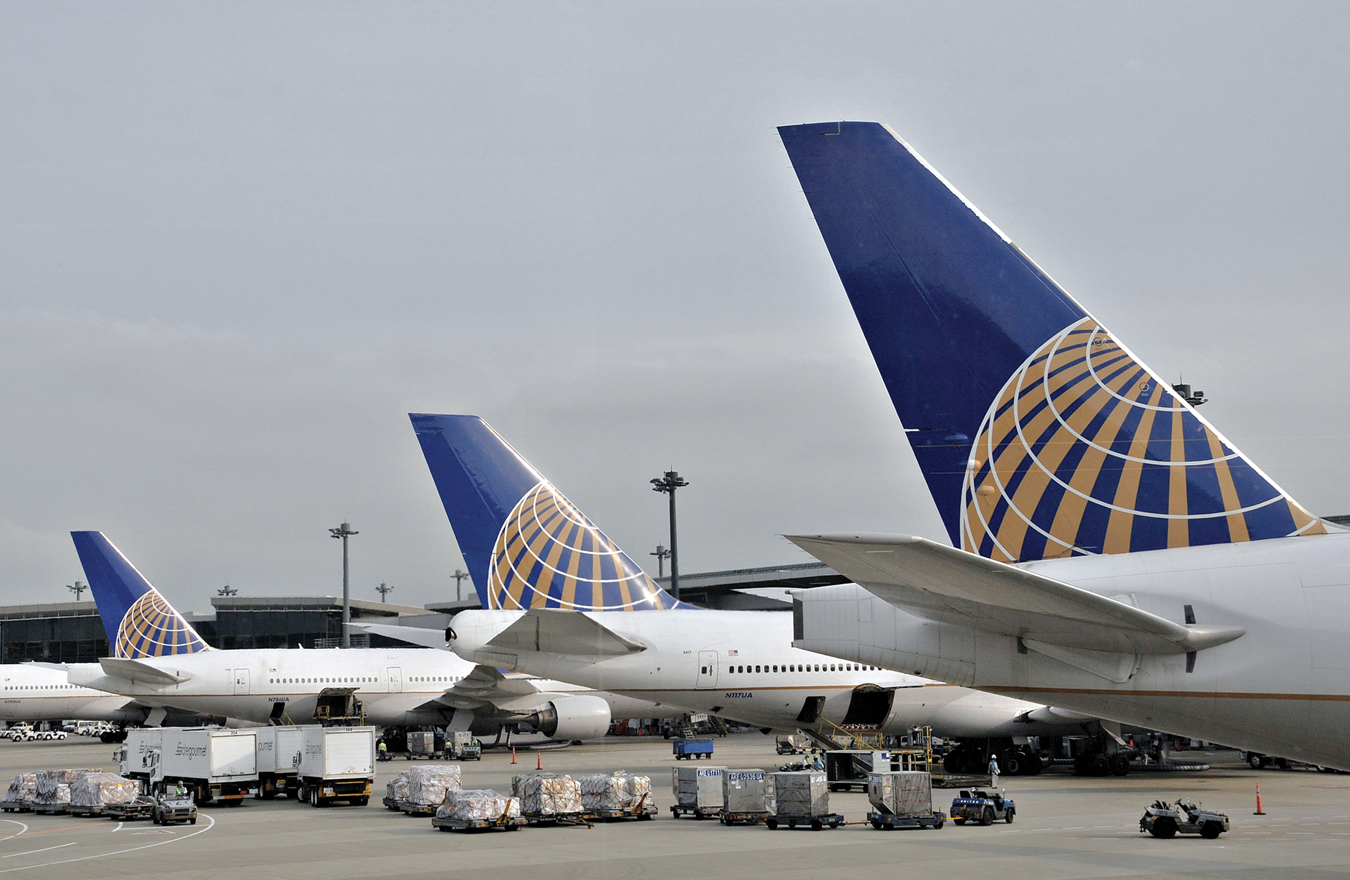United in Pain
The airline industry is notoriously “cyclical.” That is, instead of making profits all through the business cycle, it tends to plunge into losses during recessions, only regaining profitability sometime after recovery begins. Mainly this is because airlines have large fixed costs that remain high even if ticket sales slump. The cost of operating a flight from one city to another is pretty much the same whether the flight is fully booked or two-

It’s true that airlines can to some extent adapt to a decline in business by switching to smaller planes, consolidating flights, and so on, but this process takes time and still tends to leave costs per passenger higher than before.
But some recessions are worse for airlines than for other businesses, because operating costs rise even as demand falls. This was very much the case in early 2008. In the spring of that year, the Great Recession of 2007–
Why was United in so much trouble? Business travel had started to slacken, but at that point leisure travel, such as flights to Disney World, was still holding up. What was hurting United and its sister airlines was the cost of fuel, which soared in late 2007 and early 2008.
Fuel prices fell back down in late 2008. But by that time United was suffering from a sharp drop in ticket sales. The airline finally returned to profitability in 2010, which was also the year it agreed to merge with Continental. But in early 2011 fuel prices rose again, putting airlines once more in a difficult position.
Questions for Thought
Question
1.How did United’s problems in early 2008 relate to our analysis of the causes of recessions?
Question
2.The chairman of the Fed at the time, Ben Bernanke, had to make a choice between fighting two evils in early 2008. How would that choice affect United compared with, say, a company producing a service without expensive raw-
Question
3.In early 2008, business travel was beginning to slacken, but leisure travel was still holding up. Given the situation the overall economy was in, what would you expect to happen to leisure travel as the economy moved further into recession?